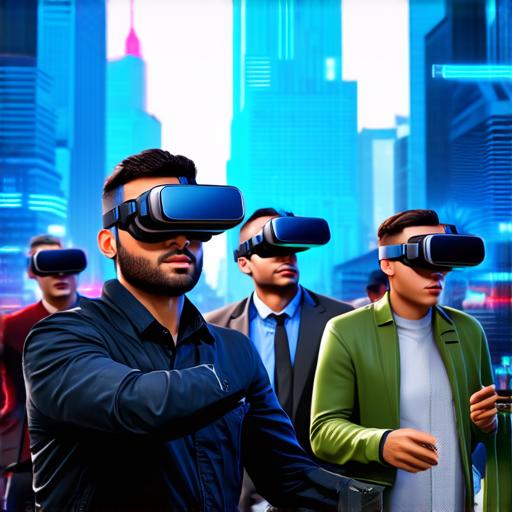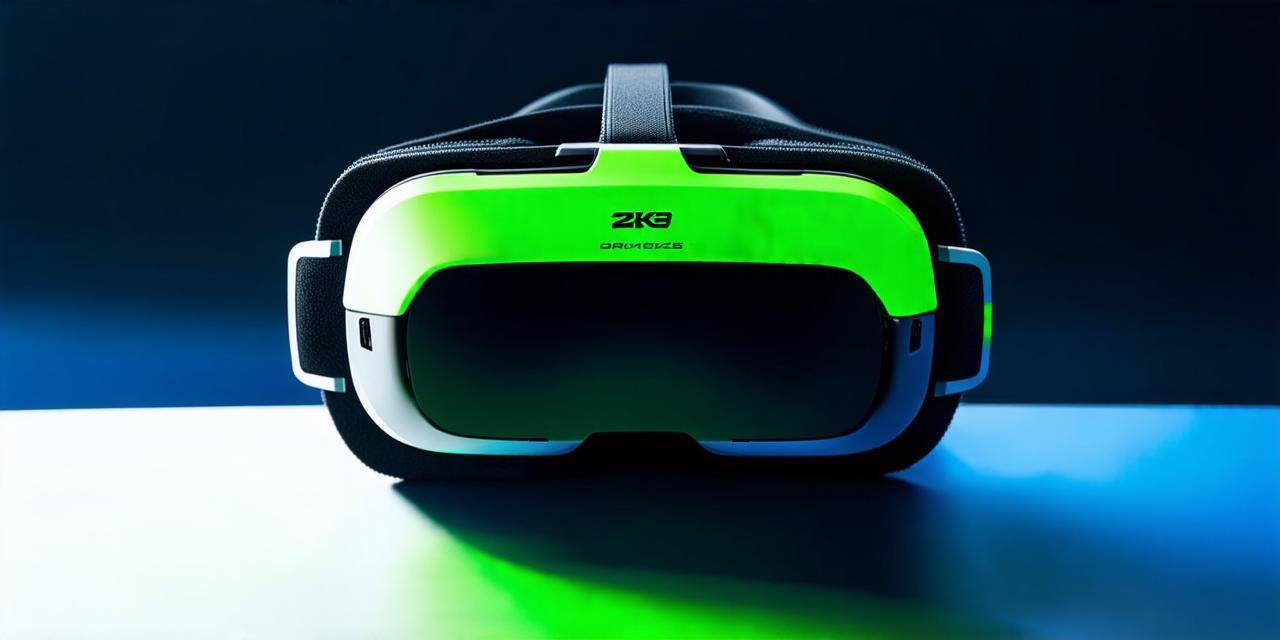Introduction
Virtual Reality (VR) technology has emerged as a transformative force in various sectors, from gaming and entertainment to education, healthcare, and beyond. This article aims to shed light on the current state of VR usage worldwide.
Global Penetration of Virtual Reality
MarketsandMarkets reports that the global VR market was valued at USD 12.7 billion in 2020 and is projected to reach USD 82.9 billion by 2025, growing at a CAGR of 41.3% during the forecast period.
User Demographics
While VR adoption is widespread across age groups, it’s essential to note that younger demographics are more likely to engage with this technology due to their familiarity with digital platforms and gaming culture. However, as VR applications expand into other sectors, the user base is becoming increasingly diverse.
Geographical Distribution
North America leads in VR adoption, primarily due to early market entry and a strong focus on technological innovation. Asia-Pacific is expected to witness significant growth, driven by increasing smartphone penetration and the rise of gaming markets in countries like China and Japan.
Applications of Virtual Reality
Gaming and Entertainment
The gaming industry has been a primary driver of VR adoption. Popular platforms such as Oculus Rift, HTC Vive, and PlayStation VR have made VR experiences accessible to millions of users worldwide.
Education and Training
VR is increasingly being used in education for immersive learning experiences, particularly in fields like medicine, engineering, and architecture. It allows students to interact with virtual environments, enhancing their understanding and retention.
Healthcare
In healthcare, VR is used for patient treatment, therapy, and training. For instance, it’s being employed in physical rehabilitation, pain management, and mental health therapy.
Summary
The global adoption of Virtual Reality technology is on the rise, driven by advancements in hardware, software, and applications across various sectors. As VR continues to evolve, we can expect its user base to expand significantly in the coming years.
References:
[1] MarketsandMarkets. (2021). Virtual Reality Market – Global Forecast to 2025. Retrieved from https://www.marketsandmarkets.com/Market-Reports/virtual-reality-market-3794686.html
[2] Statista. (2021). Number of virtual reality users worldwide as of 2020, by age group. Retrieved from https://www.statista.com/statistics/1154086/number-of-virtual-reality-users-worldwide-by-age-group/
[3] Newzoo. (2020). Global VR/AR Market Report 2020: COVID-19 Impact and Recovery Analysis. Retrieved from https://www.newzoo.com/insights/articles/global-vrar-market-report-2020-covid-19-impact-and-recovery-analysis/

[4] Oculus Rift, HTC Vive, PlayStation VR. (n.d.). Retrieved from https://en.wikipedia.org/wiki/Virtual_reality_headsetGaming
[5] EdTech Magazine. (2019). Virtual Reality in Education: A New Frontier for Learning. Retrieved from https://www.edtechmagazine.com/k12/article/2019/03/virtual-reality-education-new-frontier-learning
[6]
Healthcare
IT News. (2020). Virtual reality in healthcare: A growing trend. Retrieved from https://www.healthcareitnews.



